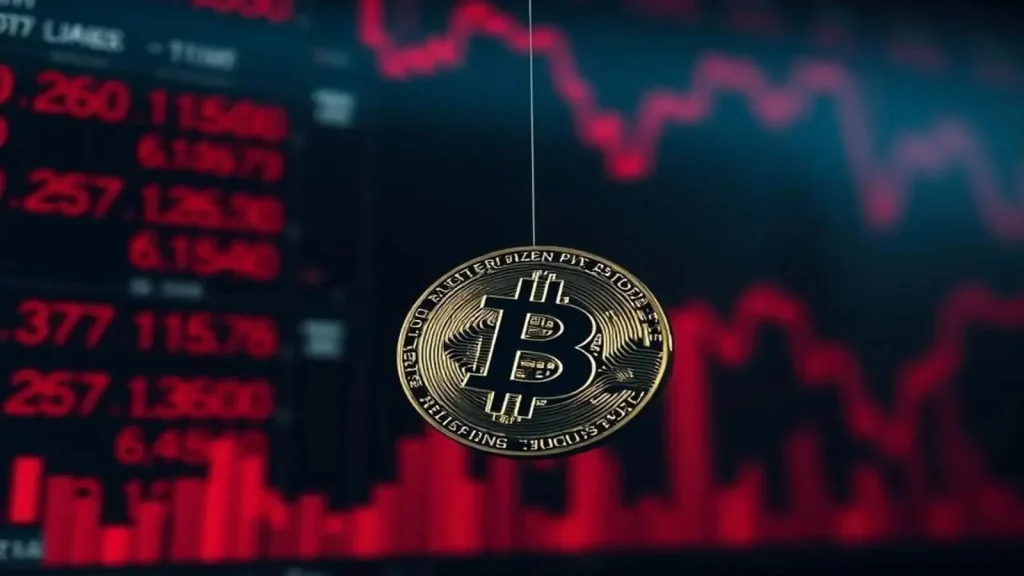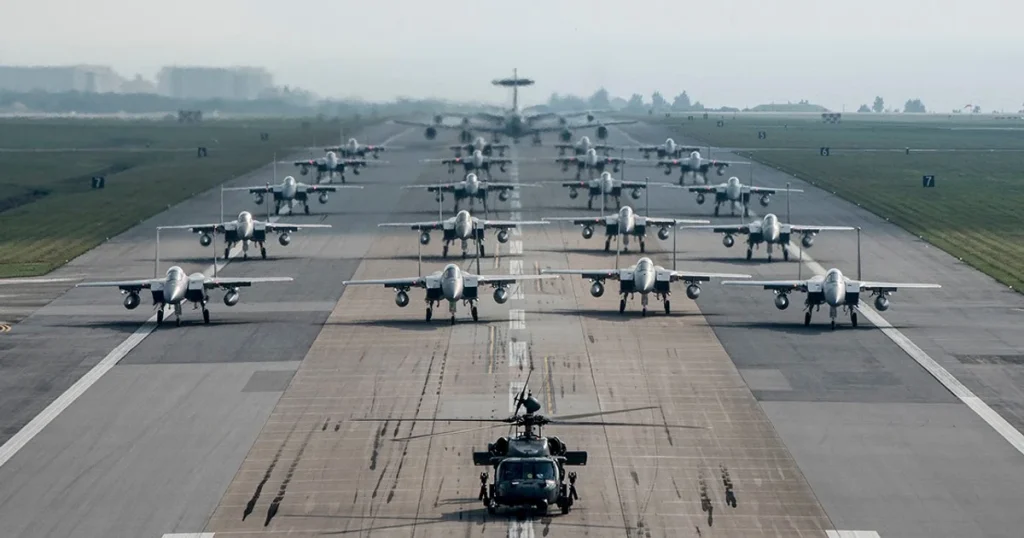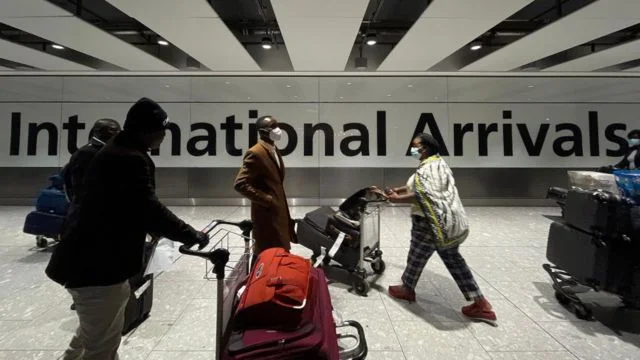Product quality in the energy sector is more than performance, it’s about protection, precision, and predictability. When you’re dealing with volatile materials, tight regulatory oversight, and complex logistics, one oversight can derail an entire operation or endanger lives. Few professionals are trusted at the intersection of product development, operational risk, and regulatory scrutiny and Olisaemeka Adigwe is one of them. His work isn’t just about preventing what could go wrong, it’s about designing energy systems that hold up when everything is on the line. In a sector where safety can’t be retrofitted, he builds quality in from the start.
Across product cycles, facility upgrades, and compliance restructuring, he has developed a consistent track record: he doesn’t just identify risks; he builds systems that prevent them. His work begins where others typically stop, by integrating safety frameworks at the earliest stages of design. This allows entire supply networks to run with tighter control, reduced liability, and fewer disruptions.
One of his most defining achievements is the development of layered risk mitigation strategies for hazardous product storage and transport. These systems aren’t static documents, they’re dynamic models supported by field data, operational context, and real-time updates. With structured hazard mapping, digital incident triggers, and embedded response protocols, teams now have a clear path to navigate operational threats before they escalate.
He has also played a pivotal role in reshaping how regulatory compliance is handled, especially in environments where global standards must meet local challenges. While leading the overhaul of a major West African logistics site, he introduced a full quality and safety management redesign, aligning it with ISO 45001 standards and setting up a digital infrastructure that now supports real-time audit readiness. The transformation turned a risk-heavy operation into a regional benchmark for product handling and transport compliance.
Rather than settling for minimum standards, he’s pushed organizations to adopt smarter tools for monitoring and reporting. By introducing cloud-based dashboards and automated alerts, compliance isn’t just tracked, it’s anticipated. These systems now flag deviations, recommend corrective actions, and maintain full traceability of every product movement, removing the guesswork from safety enforcement.
But his approach goes deeper than technology or regulation. He builds cultures of accountability. Safety in his world is not a department; it’s a shared language. Through rigorous training, process ownership models, and integrated safety planning, he has created environments where every team member; from factory floor to executive level, understands their role in keeping products safe and operations clean.
In an era where safety expectations are rising and reputational risks are global, he is setting a new bar. Not by following trends, but by applying thoughtful leadership, technical precision, and proactive thinking to every stage of product development. Because in oil and gas, quality is measured by what doesn’t go wrong. And thanks to professionals like him, fewer things ever do.























